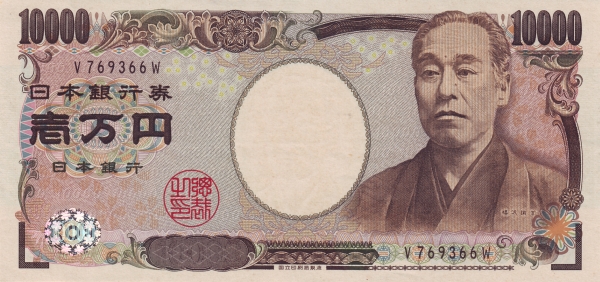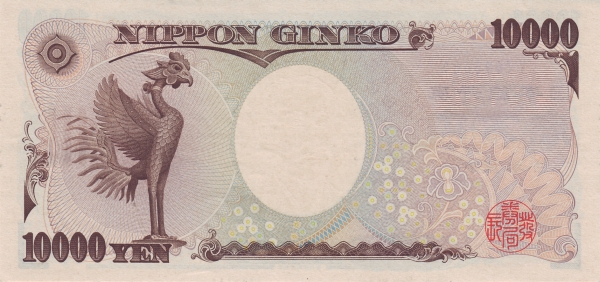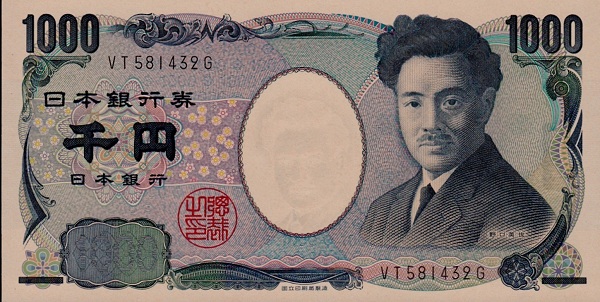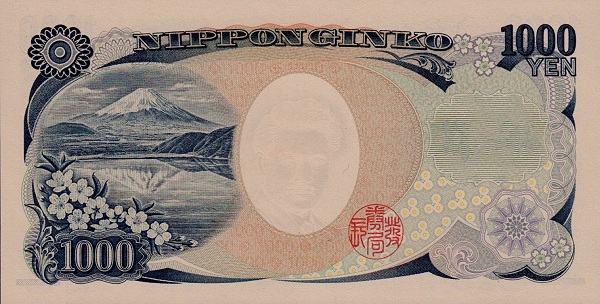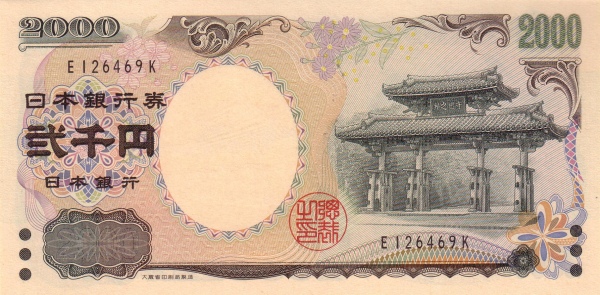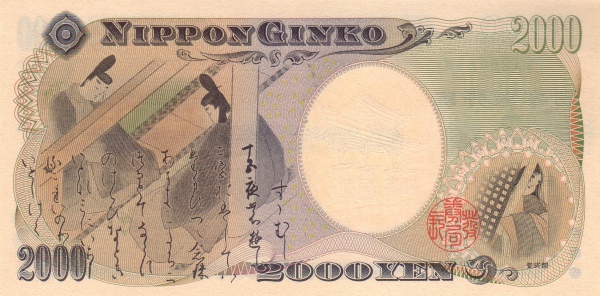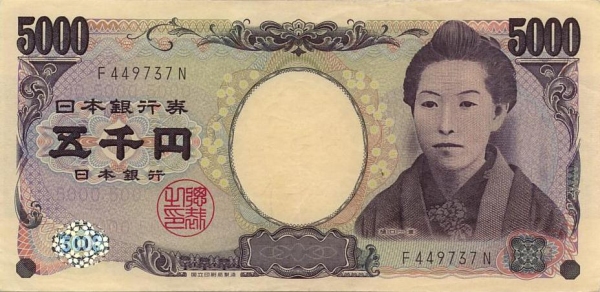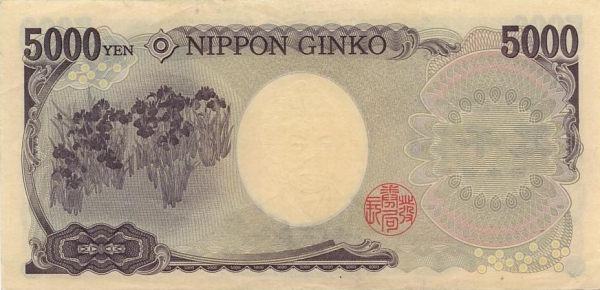Discovering Japan: The Land of the Rising Sun
Japan, known as "日本" (Nippon) in Japanese, is a captivating destination that lies within the Pacific Ocean. This incredible archipelago comprises a series of islands stretching from the northern reaches near Sakhalin Island down to the southwestern proximity of Taiwan. As an influential nation in East Asia, Japan stands out with its unique geographical features, highlighted by its major islands: Hokkaido, Honshu, Shikoku, and Kyushu. Furthermore, it shares maritime borders with several countries, including China, North Korea, South Korea, the Philippines, Russia, and Taiwan.
Geography and Demographics of Japan
Japan boasts over 6,000 islands, covering a total area of 377,915 km². To put this in perspective, Japan is slightly larger than Germany yet somewhat smaller than California. Interestingly, Japan's population has been gradually decreasing while the average age of its citizens continues to rise. In 2024, approximately 124.1 million people call Japan home, with Tokyo reigning as the capital and largest city. Other prominent urban centers include Fukuoka, Fukushima, Kobe, Kyoto, Nagoya, Osaka, Sapporo, Sendai, and Yokohama, each contributing to Japan's vibrant culture and economy.
The official language spoken throughout the nation is Japanese, which enriches the cultural experience of both residents and visitors. As for beliefs, Japan's religious landscape primarily comprises Shintoists (approximately 49%) and Buddhists (around 46%), reflecting a blend of traditional and spiritual practices that shape everyday life in the country.
A Brief Historical Overview of Japan
Japan's historical journey remains fascinating and complex. As the nation skillfully embraced Western advancements during the late 19th and early 20th centuries, it remarkably retained its deep-rooted traditions. The aftermath of World War II presented significant challenges; however, Japan demonstrated incredible resilience by evolving into the world's third-largest economy. Today, it maintains strong alliances, particularly with the United States, which enhances its position on the global stage.
While the emperor serves as a cherished symbol of national unity, actual governance falls under the influence of influential politicians, bureaucrats, and business leaders. The economy faced a considerable slowing down during the 1990s after experiencing unparalleled growth for three consecutive decades. This critical period reshaped the national landscape and led to strategic adjustments in various sectors.
Japan's Political Framework
Japan operates as a constitutional monarchy, where the role of the Emperor (Tennō) remains largely symbolic. Incorporated into the Constitution of 1947, the country functions as a parliamentary democracy. In this system, the ceremonial head of state—the Emperor—designates the Prime Minister, who heads the government. To effectively manage legislative responsibilities, Japan utilizes a two-chamber parliament known as the National Diet.
Understanding the National Diet
The National Diet comprises two houses: the Shugiin (House of Representatives) and the Sangiin (House of Councilors). The Shugiin serves as the lower house, with members elected every four years, ensuring that the public's voice resonates in governance. Conversely, the Sangiin functions as the upper house, where its representatives serve six-year terms, bringing continuity and stability to the legislative framework.
Cultural Richness of Japan
Japan's multifaceted culture serves as a vital aspect of its identity. The fusion of ancient traditions, modern innovations, and striking art forms creates a mesmerizing tapestry. Visitors often find themselves captivated by the art of tea ceremonies, traditional kimono attire, and the enchanting elegance of calligraphy. Food lovers should not miss out on savoring authentic sushi, ramen, and delicacies like tempura, each representing the country's culinary sophistication.
The Natural Beauty of Japan
Beyond its urban centers, Japan's natural landscapes impress with breathtaking views. From the majestic peaks of Mount Fuji to the serene cherry blossoms that bloom in spring, the country's scenery enchants all who witness it. Each season presents a new palette of colors, making Japan a year-round haven for nature lovers. Hiking trails, serene lakes, and picturesque gardens beckon adventurers and peace-seekers alike.
Technological Advancements and Innovations
Japan stands as a global leader in technology and innovation. Renowned for its pioneering advancements, the country actively shapes industries such as robotics, electronics, and automotive manufacturing. World-class companies and bright minds work tirelessly to push the boundaries of what is possible, transforming daily life through cutting-edge technology. This relentless pursuit for excellence significantly contributes to Japan's robust economy.
Conclusion: The Enduring Charm of Japan
In summary, Japan offers an unmatched blend of tradition, modernity, and natural beauty, making it a compelling destination worth exploring. From its unique culture and fascinating history to its ongoing innovations, this remarkable nation continues to capture the hearts of countless visitors. Whether you are drawn to its vibrant cities, stunning landscapes, or rich heritage, Japan promises an unforgettable experience, inviting everyone to discover its profound allure.
Largest cities of: Japan
| City Name | Population | Year of foundation | |
| Tokyo | 13,929,286 | 1603 | |
| Yokohama | 3,757,640 | 1859 | |
| Osaka | 2,719,415 | circa 645 | |
| Nagoya | 2,295,638 | 1610 | |
| Sapporo | 1,958,878 | 1868 | |
| Fukuoka | 1,613,000 | 797 | |
| Kobe | 1,521,600 | 1868 | |
| Hiroshima | 1,199,600 | 1589 | |
| Kumamoto | 738,000 | 1588 |
Japan: Money
